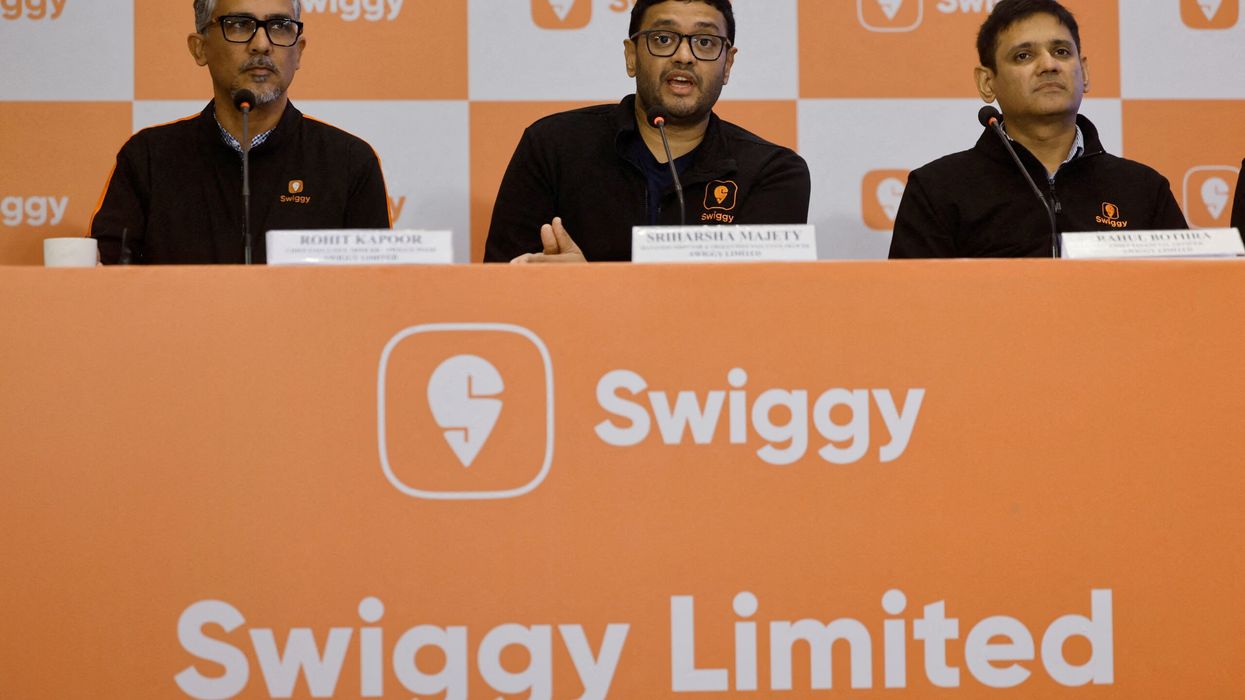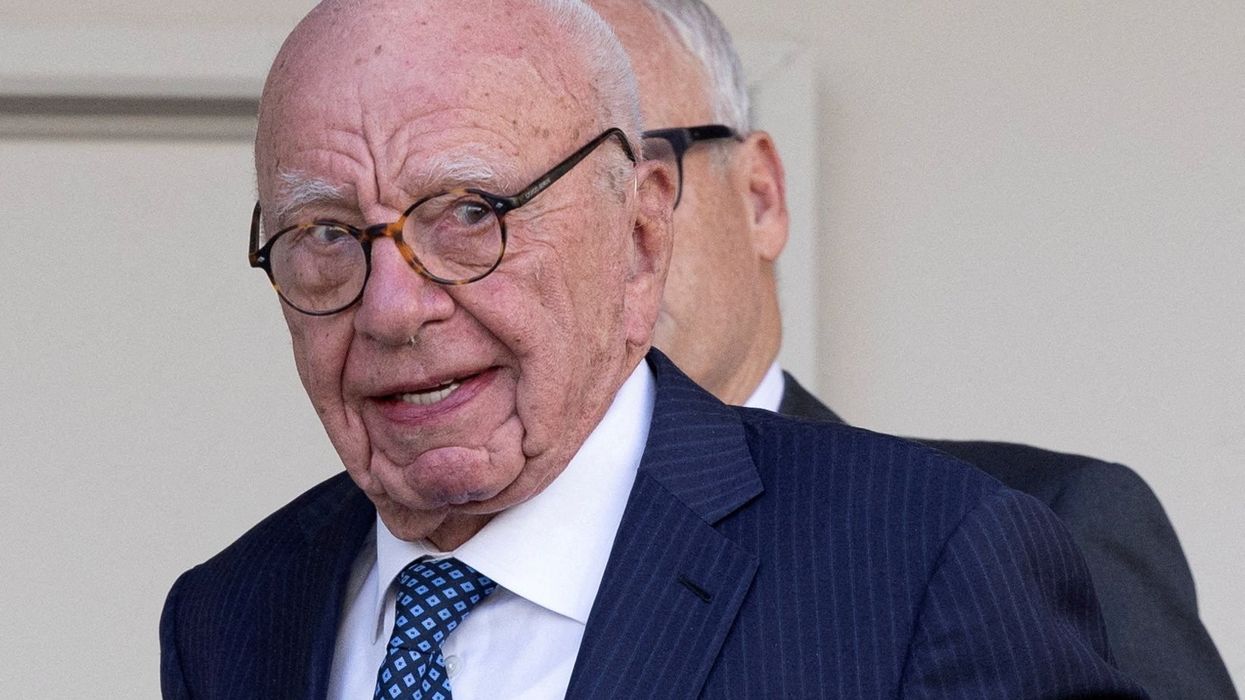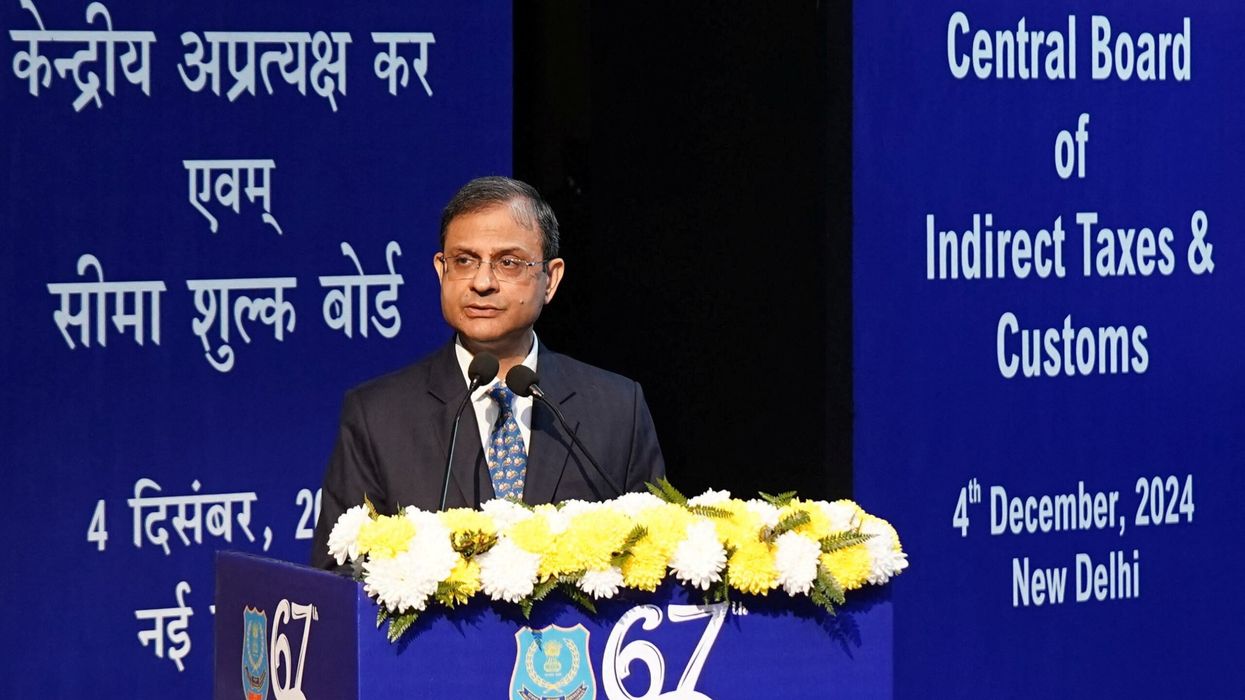INDIAN food delivery giant Swiggy will likely price its $1.35 billion (£1.03bn) domestic initial public offering, which was due to open this week, at `371-`390 per share (£3.39-£3.57), sources with direct knowledge of the matter told Reuters.
The IPO was scheduled to open for subscription from Wednesday (6) to Friday (8), the company’s red herring prospectus dated October 28 showed. Anchor investors bid for shares on Tuesday (5), as Eastern Eye went to press.
Swiggy is expected to list its shares on November 13, marking a significant milestone.
The share sale will be the country’s second-biggest stock offering this year, following Hyundai Motor India’s £2.5bn IPO in October, which had seen notably subdued interest from retail investors.
The food and grocery delivery firm, which competes with listed rival Zomato, will sell new shares worth $44.99bn (£411.2m), more than the `37.5bn originally planned. Existing shareholders, including Prosus and Tencent, are selling a total of 175.1 million shares to boost liquidity. Swiggy has in recent weeks cut its internal valuation goal twice by a combined 25 per cent due to volatility in the Indian stock markets. It was initially looking at a valuation of as much as £11.5bn, but following those cuts, it is now targeting £8.6bn.
Swiggy did not respond to a Reuters request for comment.
Despite recent jitters, India’s IPO market has been buoyant, with around 270 companies raising £9.66bn so far this year, well above the £5.6bn raised in all of 2023, LSEG data showed.






 Manavatty was selected for SNP's traditional fundraising auctionJohn Xavier
Manavatty was selected for SNP's traditional fundraising auctionJohn Xavier  Manavatty 71 is the flagship a tribute to traditionJohn Xavier
Manavatty 71 is the flagship a tribute to traditionJohn Xavier 





